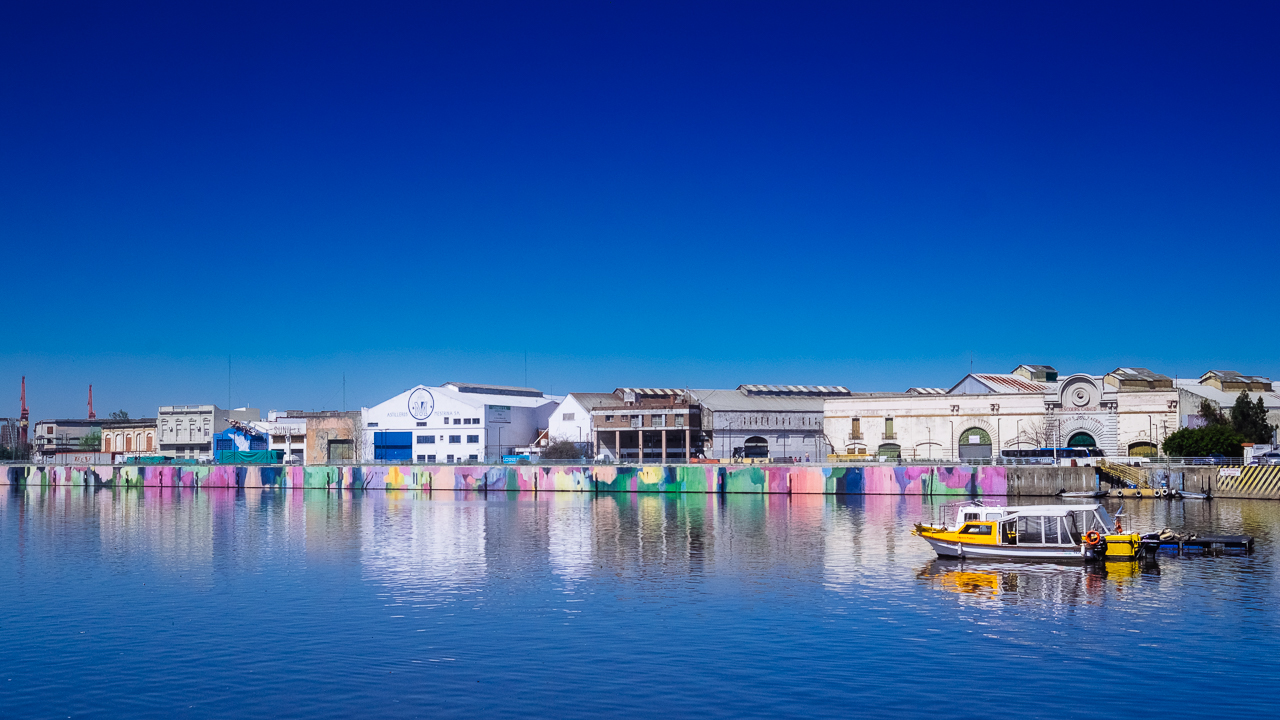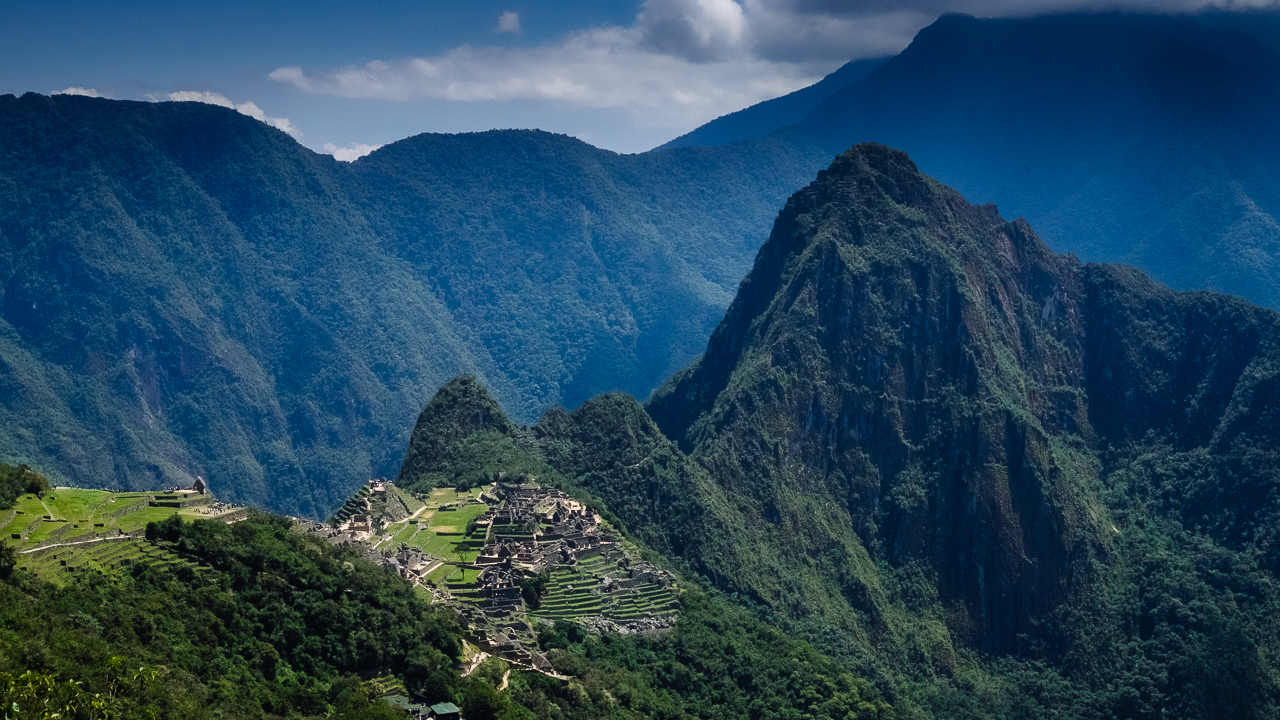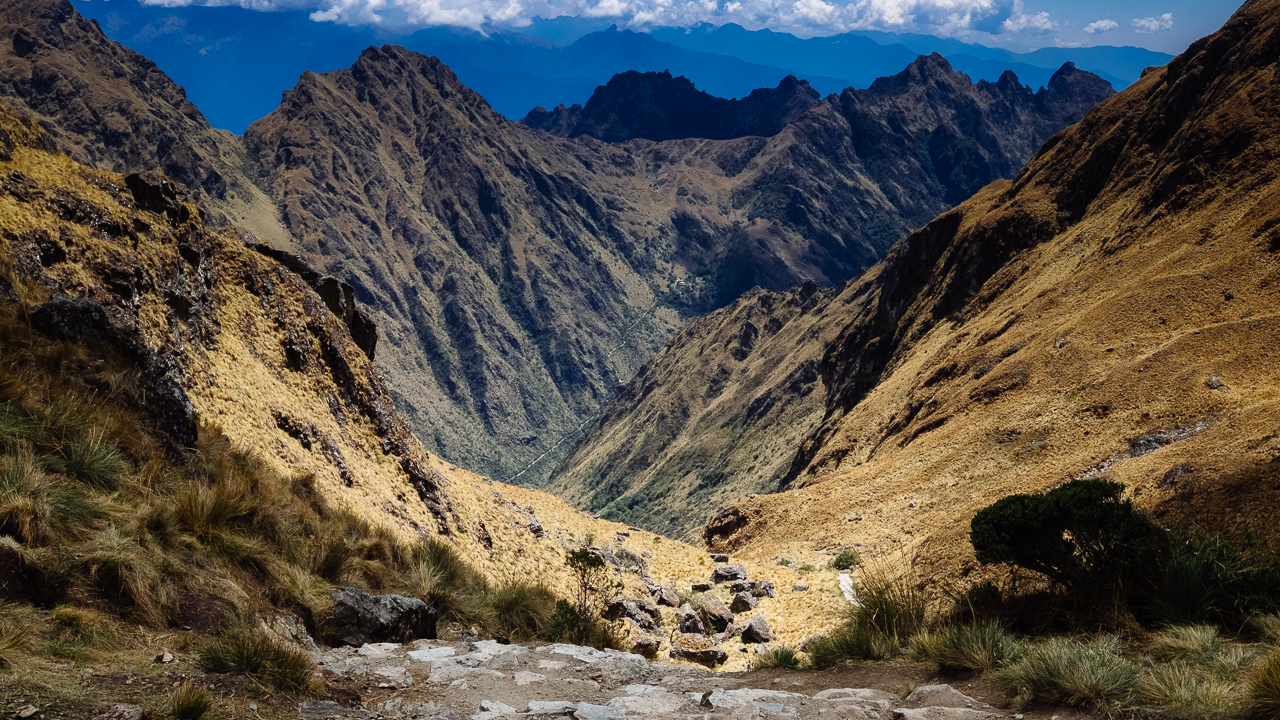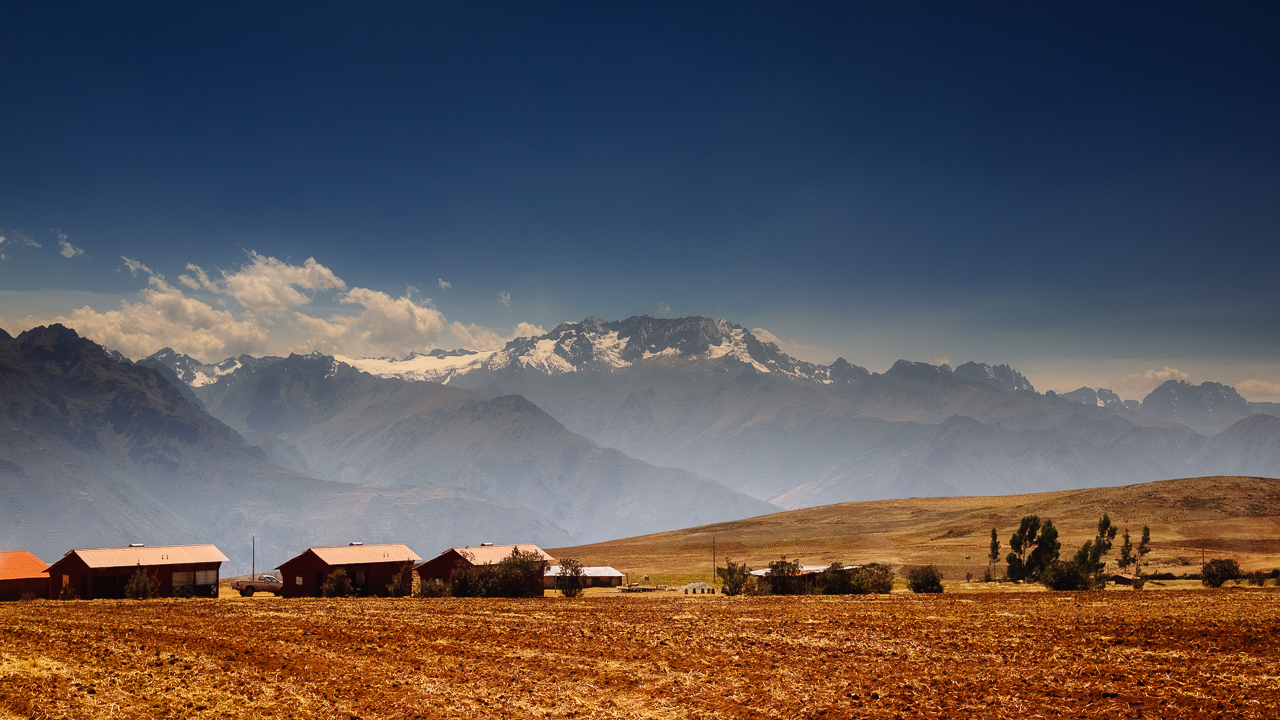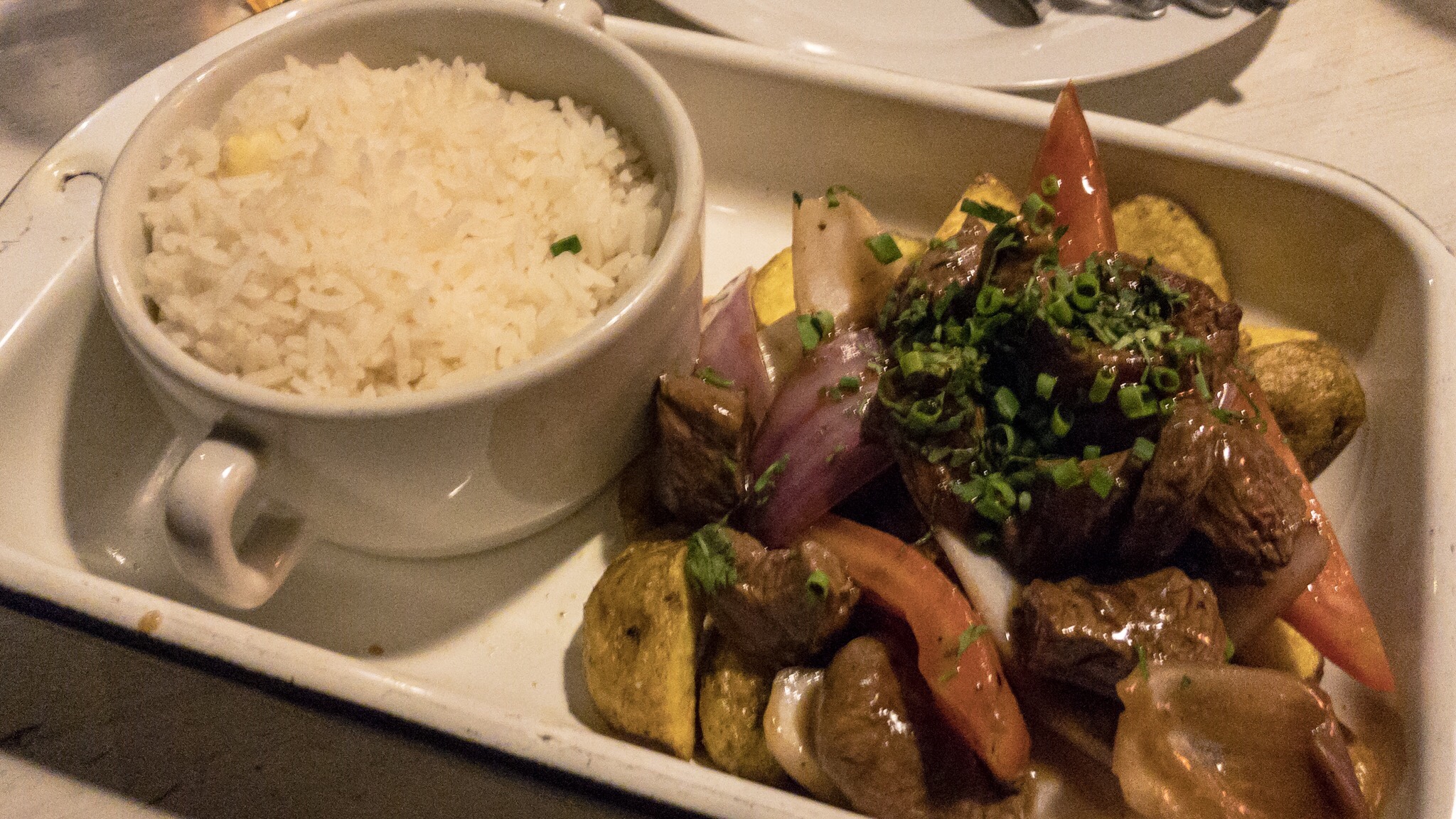Hi !
Well, this picture is not really showing much about the Inca Trail itself, but it sort of lay the expectations for what will be this incredible journey through Peru most sacred area. The Incas, aware that the spanish will make an attempt at conquering this part of Peru, decided to remove the trace of the road leading to Machu Picchu (which was sort of paved), successfully hiding the most sacred of all site. It is only several centuries later, in the early 1900, that Hiram Bingham discovered what would become the Inca Trail, subsequently leading him to the Machu Picchu. To be fair, it is likely that others knew about the site, but he was the one discovering it for us.
Therefore, this site has the particularity of having been left alone for centuries (as it was forbidden to non noble Incas to go there, it really got forgotten). When I’ll see a running fountain, I should pay my respect to the engineer who built it to last un-maintained for that long !
But before talking about the coming adventure, I need to give you my impression on the Sacred Valley. Though I learnt a little bit about the Inka, it is mostly ruins. And before you get the chance to visit them, there’s the mandatory passage through the various souvenir stores, all showing handcrafted stuff that could not look any less handcrafted. So much potential waisted in trying to rip the tourist. The ruins themselves are sort of repetitive, and really what makes it so special is probably the surrounding landscape.
Back to the main story !
So seven days from now I’ll be putting my foot on the Inca Trail, following an old road laid by the Incas to take us from km 82 (Piscacucho) to the Machu Picchu, some 48km away. It will require us to pass a 4200masl pass (known as the Dead Women Pass), and climbing down some 2000 stairs. As I’m not in my prime years anymore, we took the 5 days options, which would mean a lot of time up there taking photos and watching endless flows of clouds passing the giants surrounding us. There’ll be also porters and cookers, so really it just about as adventurous as trying to score a decent meal in Paris. The barely freezing temperature at nights will just make any visit to the bathroom very well calculated.
Day 1: We’ll start at some 2400masl and walk some 10km to the first campsite, Hatuncacha, at some 2900masl.
Day 2: We’ll walk some 16.5km, pass the Warmiwañusca (Dead Women Pass) at 4215masl and finish at the second campsite, Pacaymayo, at some 3630masl
Day 3: We’ll walk some 11km, pass the Runkuracay (second pass) at 3900masl and finish at the third campsite, Phuyupatamarka, at some 3640masl.
Day 4: We’ll walk some 11km, going down to our third campsite, Puente Ruinas at some 2030masl.
Day 5: No walking, just catching the bus to be among the first to the Macchu Picchu.
There will be plethora of ruins and curiosity along the way. I’m gonna say the Condors will be looking at me like some potential diner, for I’m absolutely not fit, but if I can give a little something back to nature…
Enjoy (or not) and stay tuned !

